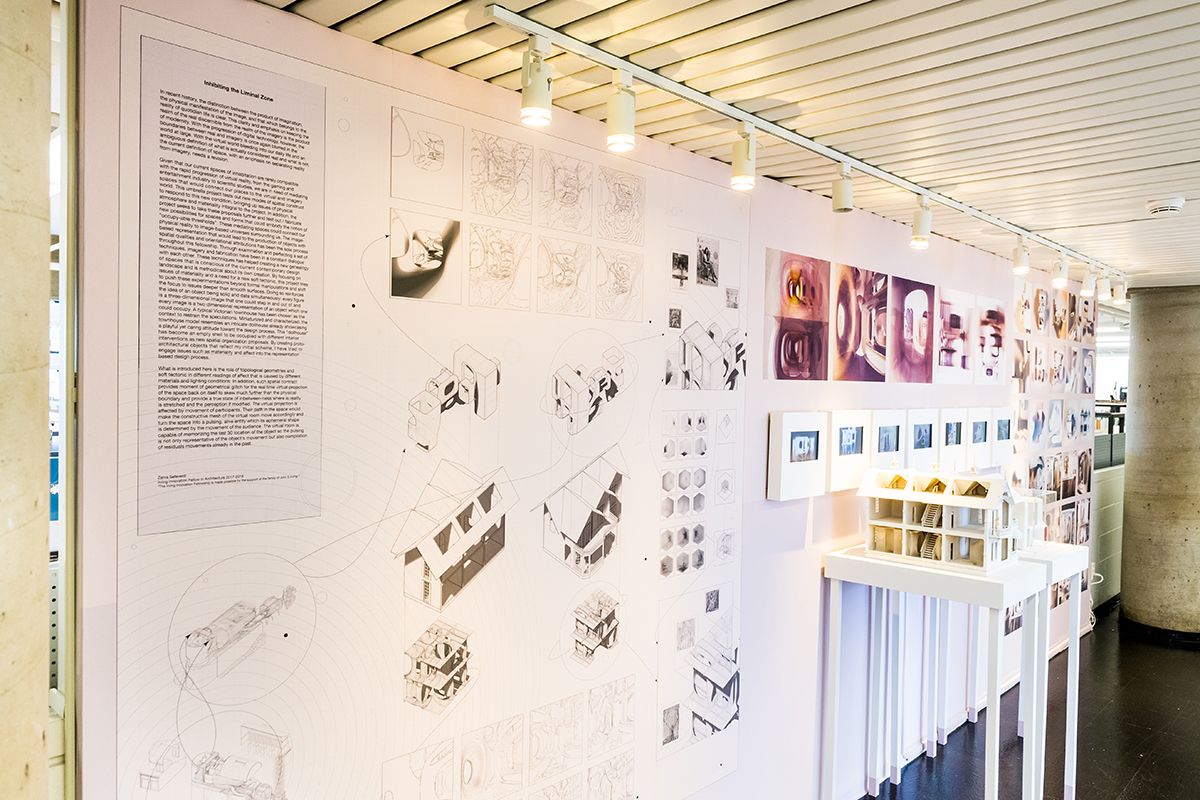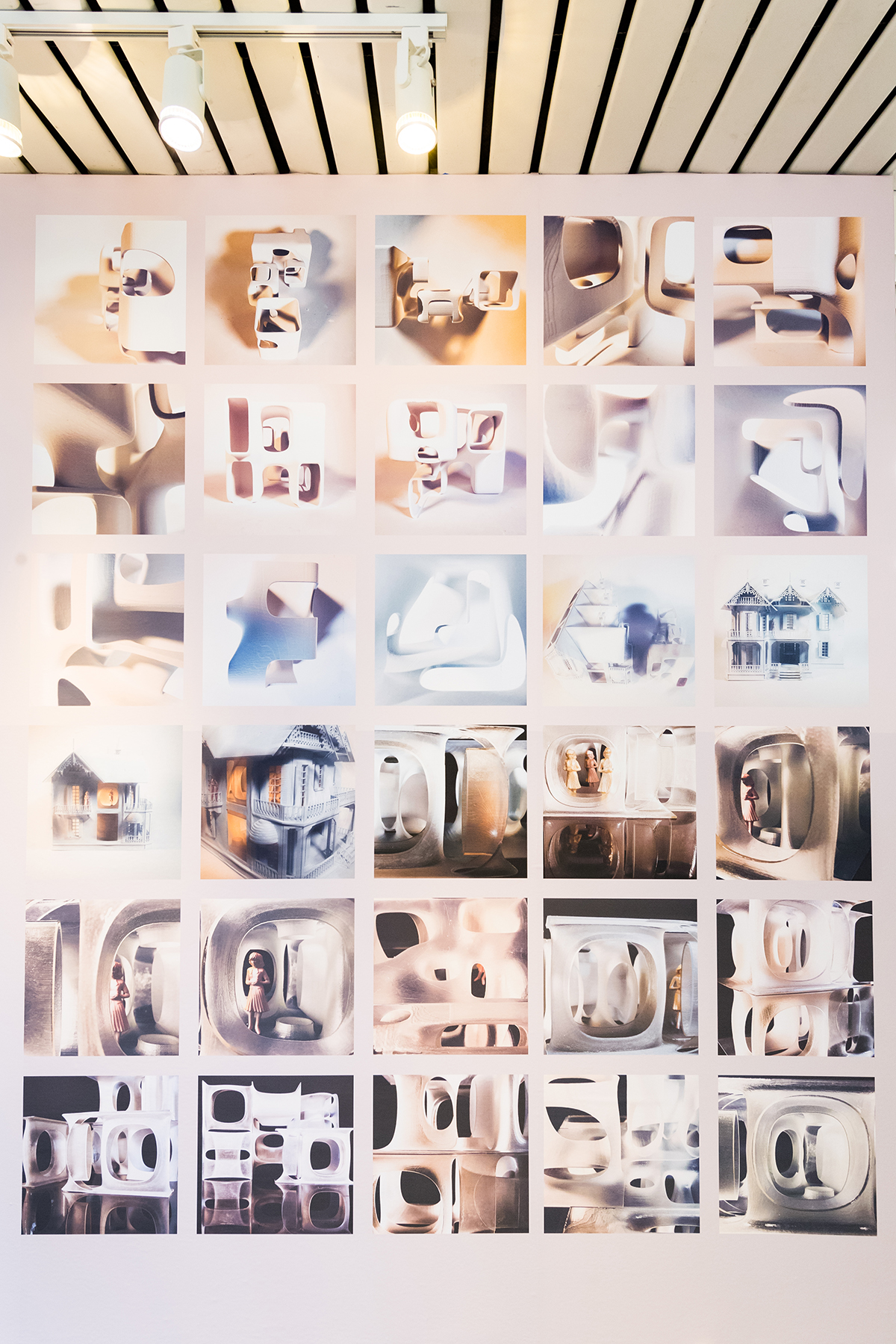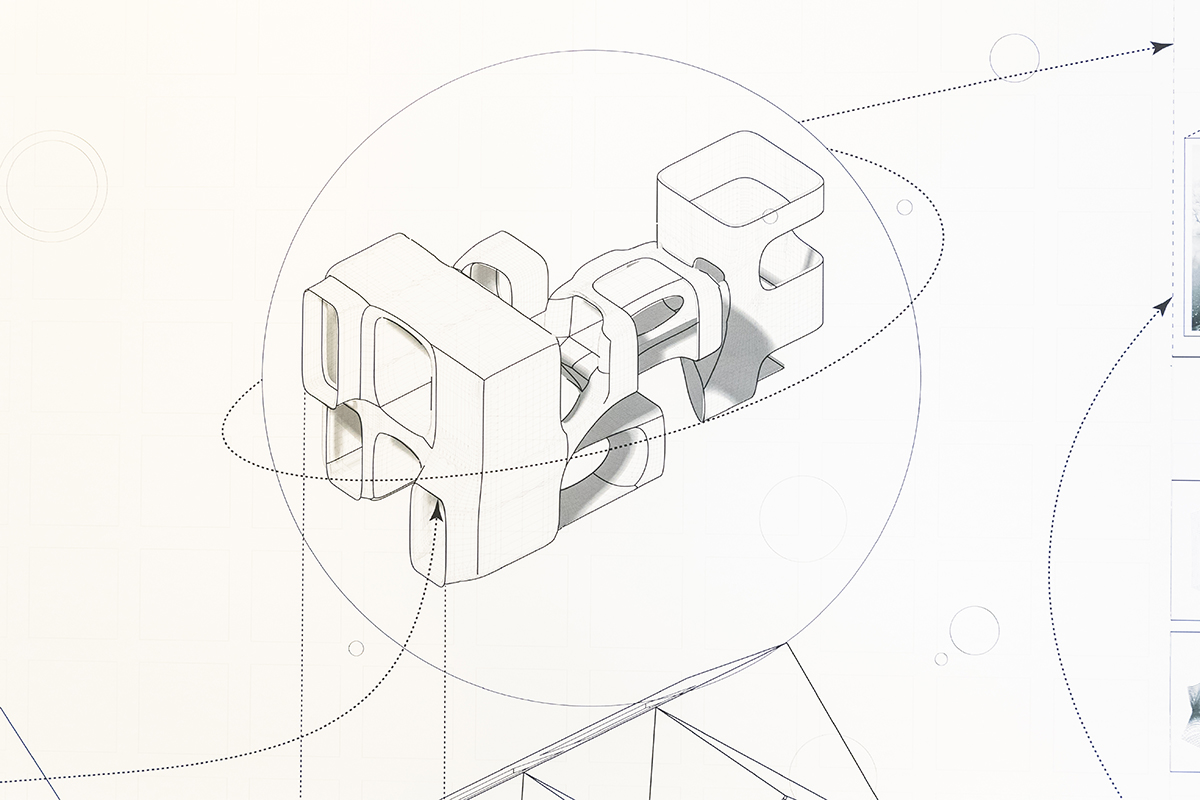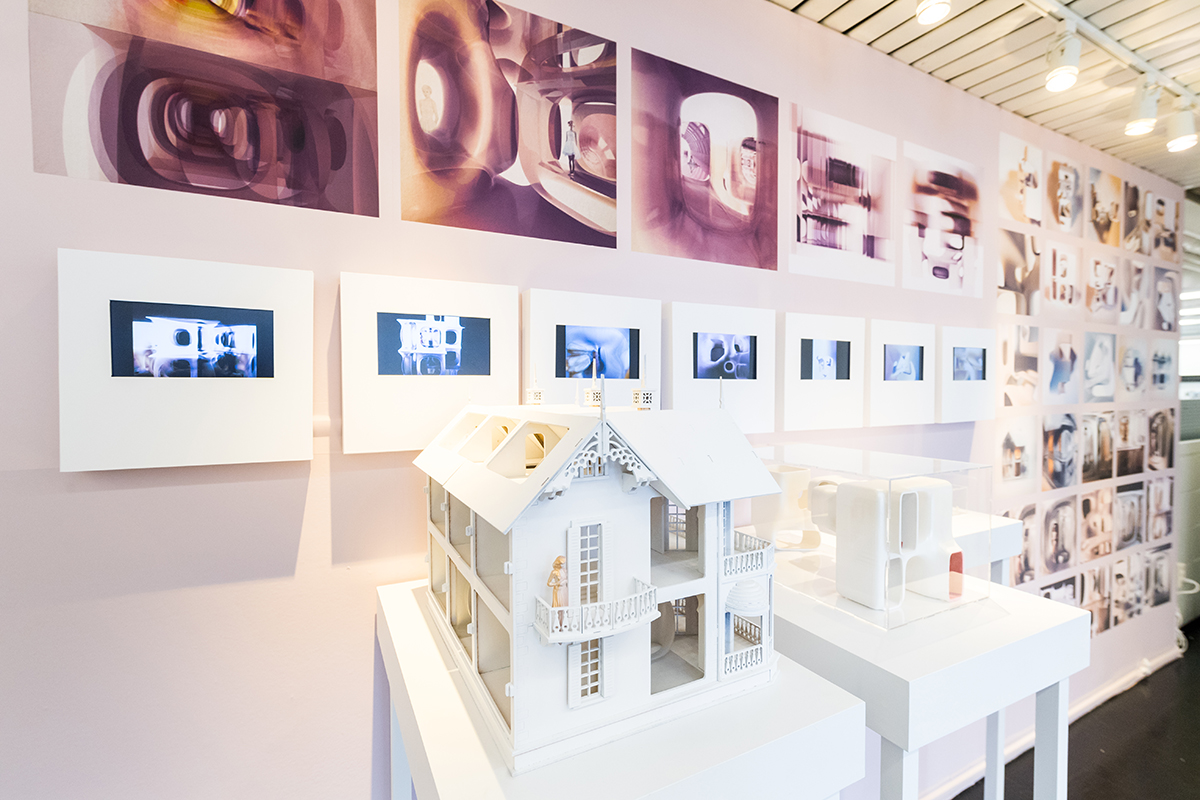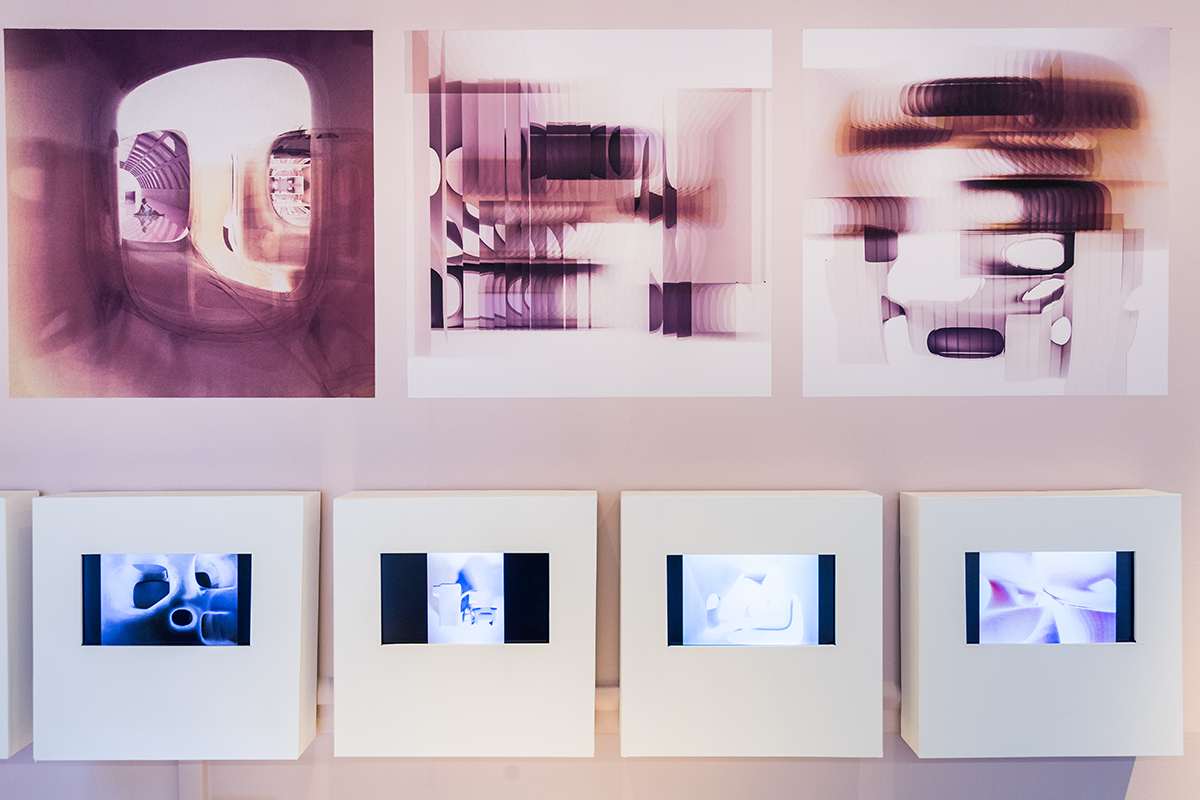Inhabiting the Limbo
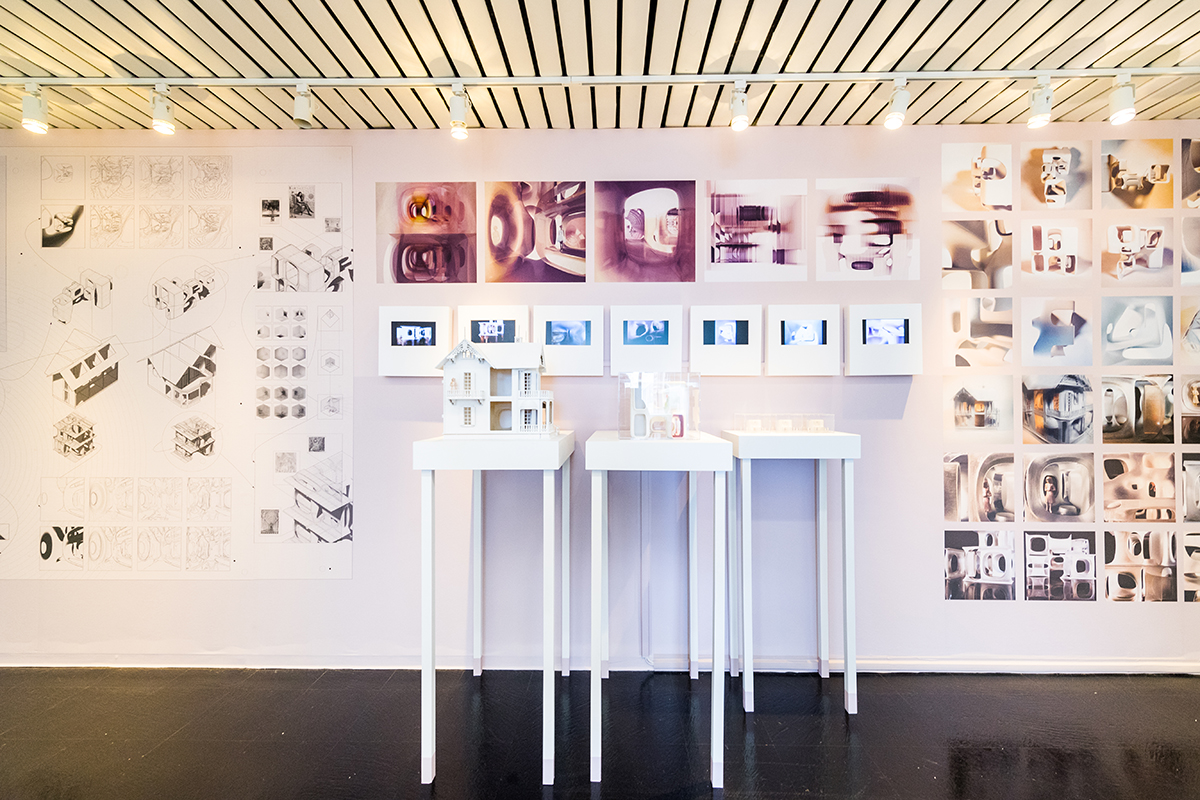
By Zahra Safaverdi (MArch ’17), Irving Innovation Fellow.
In recent history, the distinction between the product of imagination, the physical manifestation of the image, and that which belongs to the reality of quotidian life is clear. This clarity and emphasis on keeping the realm of the real discernible from the realm of the imagery is the product of modernity. With the progression of digital technology, however, the boundaries between real and imagery is once again blurred in the world at large. With the virtual world bleeding into our daily life and an ambiguous definition of what is actually considered real and what is not, the current definition of space, with an emphasis on separating reality from imagery, needs a revision.
Given that our current spaces of inhabitation are rarely compatible with the rapid progression of virtual reality, from the gaming and entertainment industry to scientific studies, we are in need of mediating spaces that would connect our places to the virtual and imagery world. This umbrella project tests out new modes of spatial construct to respond to this new condition, bringing up issues of physical atmosphere and materiality integral to the project. In addition, the project seeks to take these proposals further and test out / fabricate new possibilities for spaces and forms that could embody the notion of “occupy-able thresholds”. These mediating spaces could connect our physical reality to image-based universes surrounding us.
The image-based representation that would lead to the production of objects with spatial qualities and orientational attributions has been the sole process throughout this fellowship. Through examination and perfecting a set of techniques, imagery and fabrication have been in a constant dialogue with each other. These techniques has helped creating a new genealogy of spaces that is conscious of the current contemporary design landscape and is methodical about its own creation. By focusing on issues of materiality and a need for a new soft tectonic, this project tries to push these experimentations beyond formal manipulations and shift the focus to issues deeper than smooth surfaces. Doing so reinforces the idea of an object being solid and data simultaneously: every figure is a three-dimensional image that one could step in and out of and every image is a two dimensional representation of an object which one could occupy.
A typical Victorian townhouse has been chosen as the context to restrain the speculations. Miniaturized and characterized, the townhouse model resembles an intricate dollhouse already showcasing a playful yet caring attitude toward the design process. This “dollhouse” has become an empty shell to be occupied with different interior interventions as new spatial organization proposals. By creating proto-architectural objects that reflect my initial scheme, I have tried to engage issues such as materiality and affect into the representation based design process.
